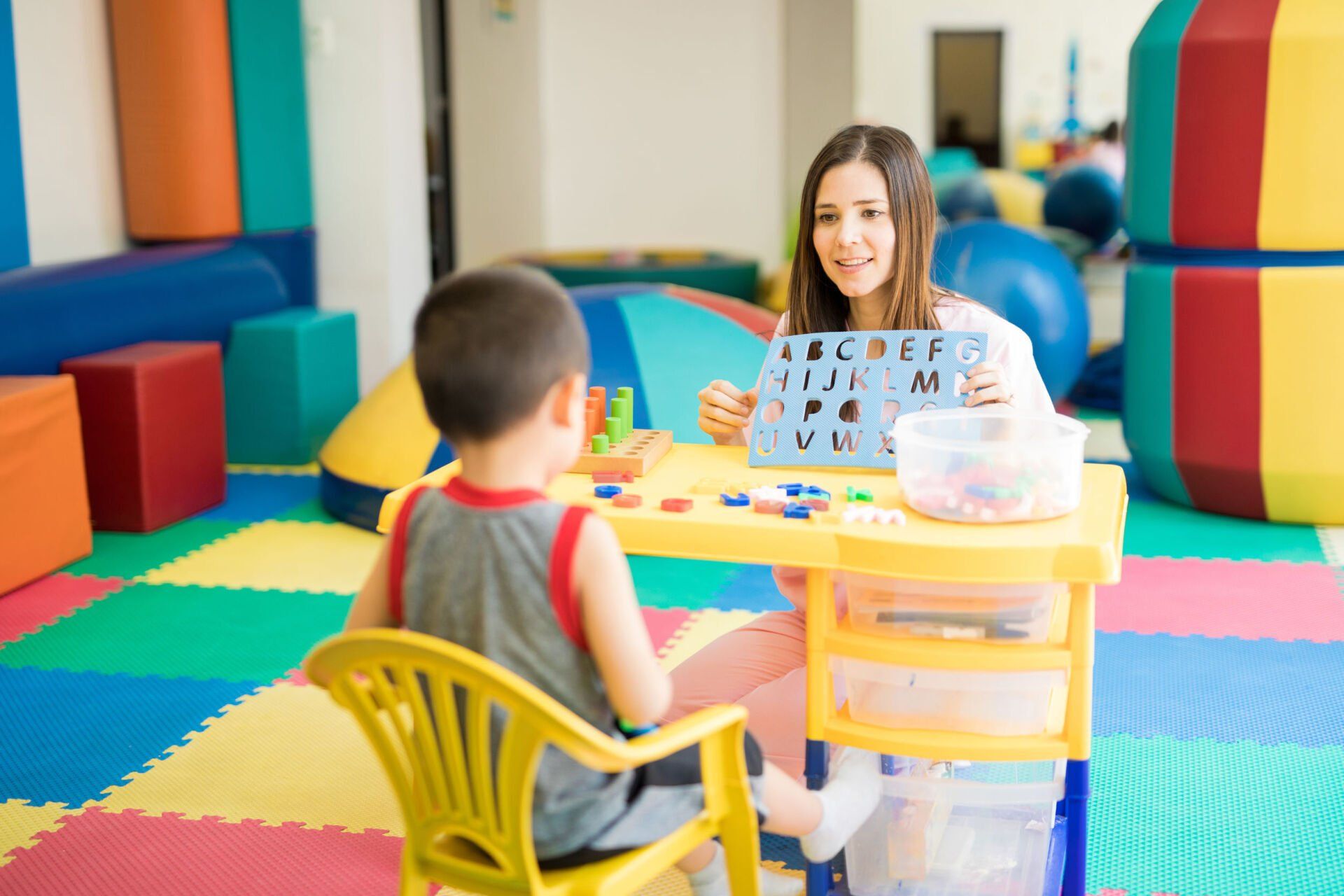Tips for Special Needs Education for Children

Nelson Mandela once said, “Education is the most powerful weapon which you can use to change the world”. While it generally helps people like us to become better citizens, it also helps us to grow and develop ideas to better improve the lives of many. Today, let's read about special needs education for children.
Some children are born unique and have different learning abilities which need to attend special needs education for children because education also important for them. While the Malaysian government has been supportive of special needs education for children, society still needs to be more accepting towards people with different learning abilities, especially children.
In this article, we discuss what is special needs education for children and the strategies to improve the learning abilities of children with special needs.
What is Special Needs Education?
Based on UNESCO Institute for Statistics (UIS), special needs education is designed to facilitate the learning of individuals who require additional support and adaptive pedagogical methods to participate and achieve learning objectives in an educational programme.
For children with special needs, this type of education will consider their needs by providing specific resources such as specially trained personnel, equipment, or space, and if necessary, modified educational content or learning objectives.
The learning programmes can either be offered within existing educational programmes or as a separate class in the same or separate education institutions. In Malaysia, there are four types of programmes established by the Education Ministry (MOE) to combat the dropout of students with special needs from regular educational institutions.
Among the programmes offered are the Special Recovery Programme, Inclusive Education Programme, Integrated Special Education Programme, and Special Education Service Centre. That said, each of these programmes offers different learning approaches and objectives to individuals with special needs, especially children.
In 2019, over 85,000 special needs students were registered in these programmes nationwide. While the MOE has identified that about 1% of Malaysians require special needs education, the actual number could be more. This calls for parents to be more aware and accepting of their children’s special needs.
Educational Strategies for Special Needs Children
When it comes to special needs education for children, educators need to use different teaching approaches so that they can learn and perform better in every aspect of their life. The following strategies will help you improve the learning abilities of children with special needs.
1) Keep the learning process simple
While they’re still learning, it’s crucial that you keep the learning process simple. More so, for children with special needs. Make sure to give verbal prompts frequently because communication is key to their understanding. Also, give simple and easy to understand instructions. If they don’t seem to comprehend what you’re saying, repeat the instructions.
2) Use visual aids
There are various types of learning styles, but visual aids typically fared better for children with special needs. That’s because charts, graphs, and pictures use shapes and colours that are pleasing to the eye. Special needs children will usually find interest in learning things that appeal to them while allowing them to be interactive.
3) Have a predictable schedule
Children with special needs tend to behave differently according to their routines. Should there be a change in their daily routine, make sure to inform them in advance. Unexpected changes in the routine can be difficult for the child to adapt to.
4) Provide opportunities for a break
Children, especially those with ADHD, would usually have a hard time remaining still for long periods and limited attention spans. To minimise distress in these children, a short break may be suitable to calm their high activity levels. Play a short game or get them to stand up and stretch.
5) Focus on strengths
Every child with special needs has different strengths and interests. If he/she is interested in some toys or sports, they’ll need the opportunity to exhibit his/her expertise. Also, children with special needs thrive when they’re learning according to a plan that was formatted specifically for them.
6) Be aware of environmental triggers
Loud noises, bright lights, and varying temperatures can disrupt a child's thinking pattern and cause an unnecessary outburst. Be mindful of these environmental triggers and eliminate them whenever possible.
These are just some of the educational strategies that special needs education for children service centres employ in Malaysia.
Choose Well Rehab as your trusted rehabilitation center in Malaysia
Ensuring your child’s learning ability improves with therapy drives all of us at Well Rehab.
As a leading rehabilitation center in Malaysia, we are the preferred,
qualified, and certified professionals that are trusted nationwide. For more information about our therapies or services in Malaysia, you may contact us at +60 12 512 8487 or email
wellrehabmanagement@gmail.com.




